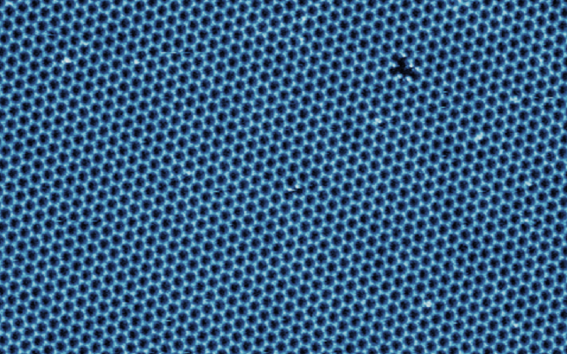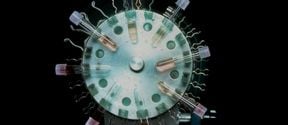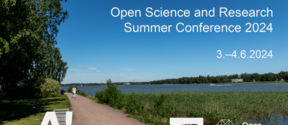Nearly everything about molecular assembly on 2D materials

Molecular self-assembly is a well-known technique to create highly functional nanostructures on surfaces. Self-assembly on two-dimensional (2D) materials is a developing field driven by the interest in functionalization of 2D materials in order to tune their electronic properties. We review this progress with an emphasis on the electronic properties of the adsorbates and the substrate in well-defined systems, as unveiled by scanning tunneling microscopy. With the current surge of activity on building van der Waals heterostructures from atomically thin crystals, molecular self-assembly has the potential to add an extra level of flexibility and functionality for applications ranging from flexible electronics and OLEDs to novel electronic devices and spintronics.
The review was published in Nanotechnology
- Published:
- Updated:
Read more news

Robotics needs safe behavior patterns
Robotics and autonomous systems are developing rapidly. Algorithms that withstand disturbances and uncertainties in the system model and environment are critical for development.
A new way to do controlled experiments in medicine: simulate the control
Generative AI could augment randomized controlled trials.
Open Science and Research Summer Conference 2024 will be hosted by Aalto University
Open Science and Research Summer Conference 2024 will be held at Aalto University’s Otaniemi campus and in Zoom 3.–4.6.2024. Please register by May 3.